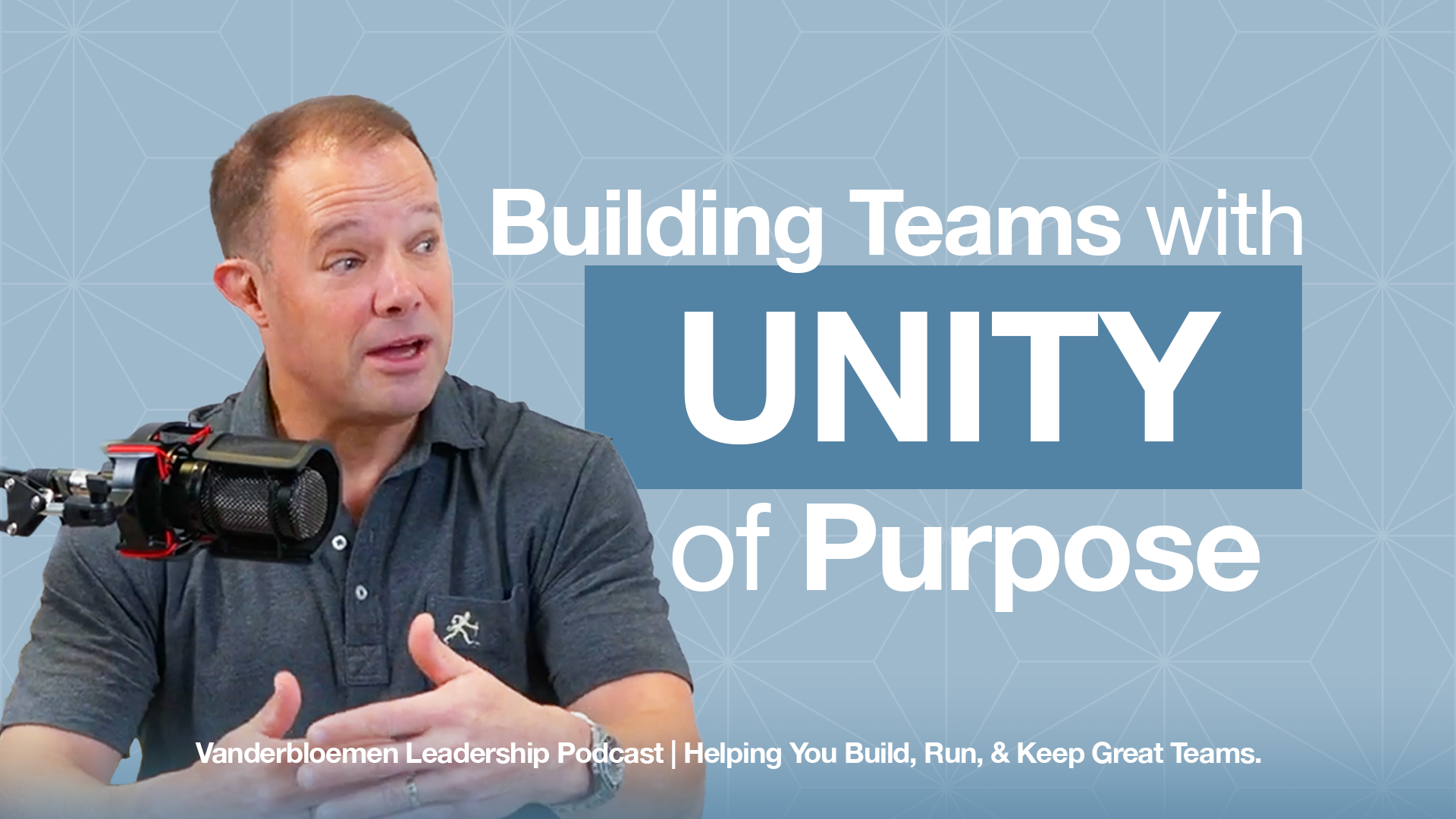One of our core values here at Vanderbloemen is constant improvement. We try to bring this into every aspect of our work, always looking for new ideas, new technology, and new systems that can help us serve our churches better.
There are organizations on both ends of the system spectrum. Some are fast moving and make changes too quickly that the systems and processes aren’t in place to support the new changes. Important details fall through the cracks and leave people scrambling and stressed out to fill in the gaps.
Others are afraid to make changes because they’ve been doing things the same way for many years, so they don’t reach their full potential as a ministry because of their fear of change. Whatever your organization’s vision, mission, or ministry looks like, there is always room to improve and make your processes and systems better.
Here are five steps to take to help implement a new system on your team:
1. Do your research
This may seem like common sense, but “do your research” means looking into every aspect of a new system or product before committing to it. Read reviews, look at competitors and alternatives, weigh the needs versus the wants, and know all the details of a system before implementation. Of course, there will always be some trial and error in this regard and you will likely discover things you didn’t know the deeper you dive. Mitigate your risk by figuring out the in’s and out’s to the best of your ability before committing.
We recently went through this on our team. We got excited about a new software tool and moved full-steam ahead in implementing it only to find out that it didn’t have some of the important features our old software system had. If we had slowed down to make a list of important features and weighed the pros and cons of the two systems, we could have saved several hours of work.
2. Become the team expert
You’ve done your research and chosen or created your new system. Now it’s time to learn all you can about the new system before you implement it. Once you have it narrowed down and you’ve decided on a new system to use, get to know the system. Find out the “insider’s tricks and tips” so that when you share your knowledge with your team, they will be able to more quickly pick up and run with it.
There is a good chance that there will not only be pros, but also some cons to a new process. Determine what these negatives may be and decide how you can proactively work through them.
3. Involve others
After you have a well-established base of knowledge, involve others limitedly. The process will move much more slowly if you have too many voices. Others’ opinions are important, but it’s important to evaluate whose opinions need to be involved. Ask yourself, “Will this voice affect the outcome?”
At this stage, the most powerful voice to involve in these conversations is one that can play devil’s advocate and poke holes in the system to determine where any shortcomings may be. This is why having a diverse team working on a project is helpful so you have several different perspectives at the table.
4. Beta testing
Test the process out before you present it to everyone as the new system. This will look different depending on what your new system is (lighting, CRM, check-in software, etc.). Roll it out in small stages.
First, try out the system in an environment where it’s just you and a few others. This may look like creating fake names and emails to pretend like you have a set of people using it, or maybe you need to run through the Sunday service in the empty sanctuary.
After you feel confident with that, test it out in a real-life setting. This beta period will bring new discoveries to light and you may have to work through a few pieces before each stage.
5. Cast vision
Now you get to share it with your team! Your goal with whatever your new process or system is isn’t to make people’s jobs easier; you want to make people more effective. No matter how big or small the change is, cast vision for how it will maximize your team’s time and effectiveness. Some new systems we’ve created here at Vanderbloemen slightly increase individual’s time at first; however, the return on implementation saves time later, makes us better, and inadvertently builds trust from churches and people like you.
Systems don’t always make things easier, but they are often safeguards and help you in the long run to protect yourself and better represent yourself.


